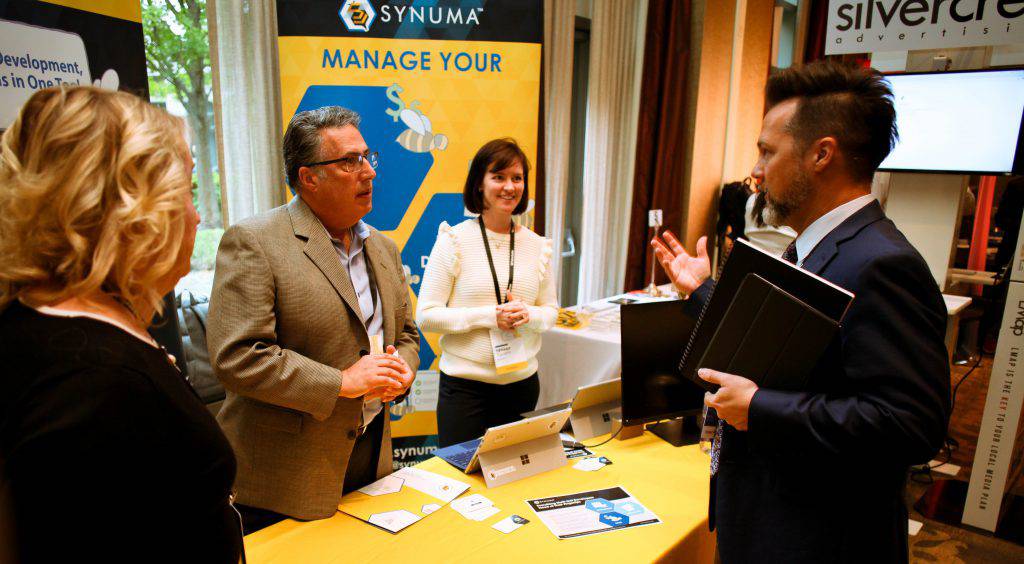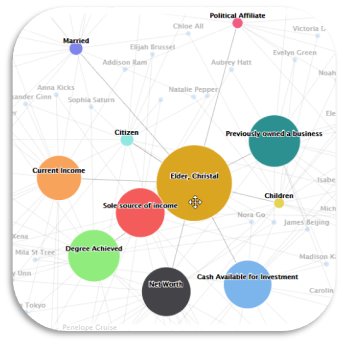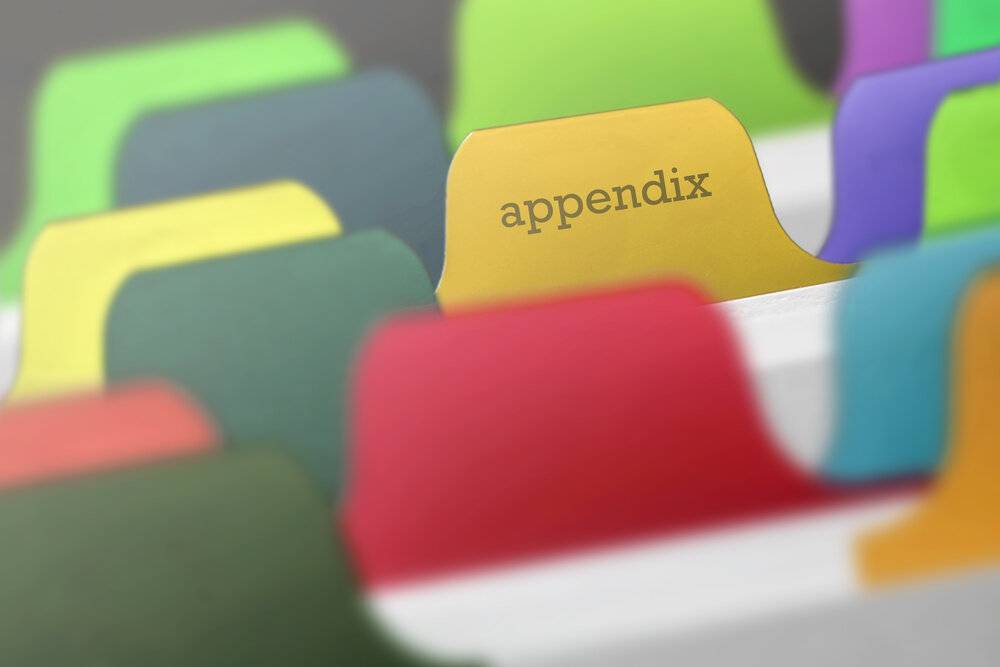If you barely know the difference between a ledger and a journal, the term “financial projection” probably makes you shrivel up in terror. Fortunately, most franchisors lay out all the groundwork you need to create a clear forecast. This will be one of the most important tasks you’ll perform before you buy a franchise. It will inform much of what you do over the coming decades and give you a realistic picture of your future — profits and all.
Wondering if that sparkling lease you’ve been offered is really that practical or whether that intimidating bank loan you’ve been offered will bury you in debt before you even open your doors? Your forecast is a telescope into your future, telling you what’s ahead so that you can plan accordingly.
A traditional projection covers your financial expectations over your first 60 months. It relies on your income statement, cash flow, and balance sheets, but not all of its facets are quite so clear cut. You’ll also need to create some supporting assumptions.
Moving Beyond Your Franchisor’s Model
Franchisors usually give potential recruits a set of projections based on their average unit, but you still need to make it your own. A rustic farmhouse unit doesn’t operate according to the assumptions of an inner-city store, and every niche has its own region-specific rivals. Add varying loan interest rates and economic factors, and your cookie-cutter forecast becomes increasingly inaccurate. You’ll need to tweak those assumptions to your circumstances.
Data Required to Build a Franchise Financial Projections Model
Before you create a projection, you’ll need to gather some information, including:

-
Your franchise disclosure document (FDD)
-
Your monthly expenses according to your region
-
A list of operating expenses, including your startup costs and franchise fees
-
The hidden costs and contributions of funding and loans
-
The customer growth you anticipate month-by-month
-
Your labor costs
-
A profit and loss statement
-
Key cash flow drivers
Your franchise financial projections model pushes you into the unknown, so you’ll need to become comfortable with uncertainty. The more due diligence you do, however, the easier that will become, so put on your researcher hat and gather as much information as you can. Read your franchisor’s expense ratios and don’t be afraid to call franchisees in your region. Your best defense against inaccuracy is information, so find out what rental, labor, and utility costs apply to your region. Comb through your operational costs in depth. Read through the fine print in your franchise disclosure document in search of hidden fees.
Forecasting by Numbers
Many franchisees build three different projections for different scenarios. An aggressive forecast predicts your highest goals, and a conservative forecast makes room for your worst expectations. A moderate forecast might predict a 10% growth in sales, while an aggressive one assumes a growth rate of 20%. A thorough franchise financial projections model will also run a range of scenarios based on varying expenses and other circumstances. This way, you can nip and tuck your operating expenses to fit your needs.
For that reason, your inputs should only need to be entered into your model once. This way, you can run a range of assumptions without redrafting your entire forecast. If you’re an accountant, that won’t present a challenge. All you need is an Excel spreadsheet and some templates, but everyday entrepreneurs will need a little extra help. Intuitive software, like Synuma’s CRM, will make analyzing all of that data decidedly easier.
Even experts struggle to build a solid franchise financial projections model but don’t let that intimidate you. Meet every fear with an additional piece of research, and you’ll soon have a forecast you trust.













